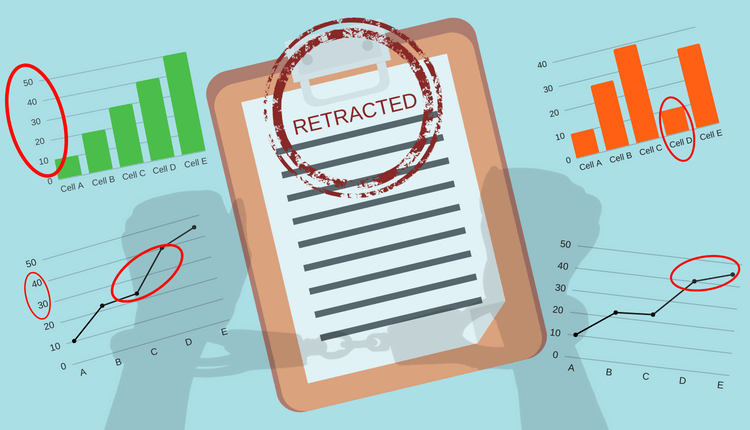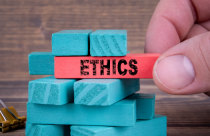Image Manipulation on the Rise: Researcher Forced to Retract 20 Papers

The academic community is under threat as cases of image manipulation are on the rise. Scientific misconduct is gradually overshadowing scientific transparency. Recently a researcher was forced to retract 20 research papers because of image manipulation. He had received funding from the National Institutes of Health (NIH). Professor Santosh Katiyar, the researcher, published alternative treatments for cancer in his papers. However, his papers got retracted because they contained manipulated images. In this article, let us find out more about the incident and discuss its effects on researchers all over the world.
Plagiarism and Image Manipulation: Growing Problems in Research
Plagiarism and image manipulation are growing problems in the research community. A systematic search for image manipulation in 20000 research papers recently uncovered that nearly 4% of papers had suspicious images.
These days, it seems like there is a new plagiarism scandal every week. Early in 2017, 19 board members of Scientific Reports had resigned over a plagiarism dispute. The Chinese Academy of Science and Technology (CAST) also released guidelines for researchers to help avoid plagiarism. CAST developed these guidelines with the objective that the scientific community would abide by those and the number of plagiarism disputes would reduce. However, no such results were evident.
South Korean researcher Woo-Suk Hwang became infamous after he was caught manipulating images from his stem cell ‘research.’ The scandal resulted in the positive step of creating a National Bioethics Committee in South Korea to prevent similar issues in the future. However, it did tarnish South Korea’s reputation in the field of scientific research.
Who is Santosh Katiyar?
Professor Santosh Katiyar worked for the University of Alabama, Birmingham (UAB). He had received around 5 million dollars in grant funding from the NIH for his research on cancer. Professor Katiyar became famous for linking green tea with a reduction in breast and skin cancers. In an interview in 2006, he explained his interest in cancer treatment after his mother died of breast cancer. After completing his Ph.D. in nutrition, he began his research on the impact of diet on cancer. Since then, he has published 200 articles in several reputable, peer-reviewed scientific journals.
But Professor Katiyar’s career had a downfall soon. In 2004, he published an article linking a compound in grape seeds to a reduction in prostate cancer. He was forced to retract this article in 2012 due to image manipulation. The manipulation was first noticed by a reader, who notified the publishers. The publishers, in turn, retracted the article. Till date, he has had five more articles retracted.
UAB has conducted an investigation and requested him to retract a total of 20 articles. Pam Bounelis, a research integrity officer at UAB, explained that the images published in the papers did not support the data. She also stated that the images did not support the conclusions in some of the papers. Dr. Bounelis said that a journal even contacted the university with concerns about some of Professor Katiyar’s articles published in 2012. Finally, Professor Katiyar had to resign from UAB on May 1, 2017.
Where is the Scientific Community Heading?
Scandals like Professor Katiyar’s are a problem for the scientific community. Even though they can result in positive steps like the creation of ethics committees or more rigorous peer review processes, they damage the reputation of science as a whole. In today’s world, where social media is highly active, incorrect scientific information gets known very fast. It is difficult for people to trust science and research when articles from reputable journals reveal falsified data. Universities and journals must investigate any dispute raised on published articles as quickly as possible. Members of the research community should also point out any discrepancy in articles or images, as soon as possible. Researchers must carefully follow ethical guidelines while conducting research. All these measures will possibly restore the transparency in science.
What are some steps the scientific community should take to combat plagiarism and image manipulation? Please share your thoughts with us in the comments section below.









